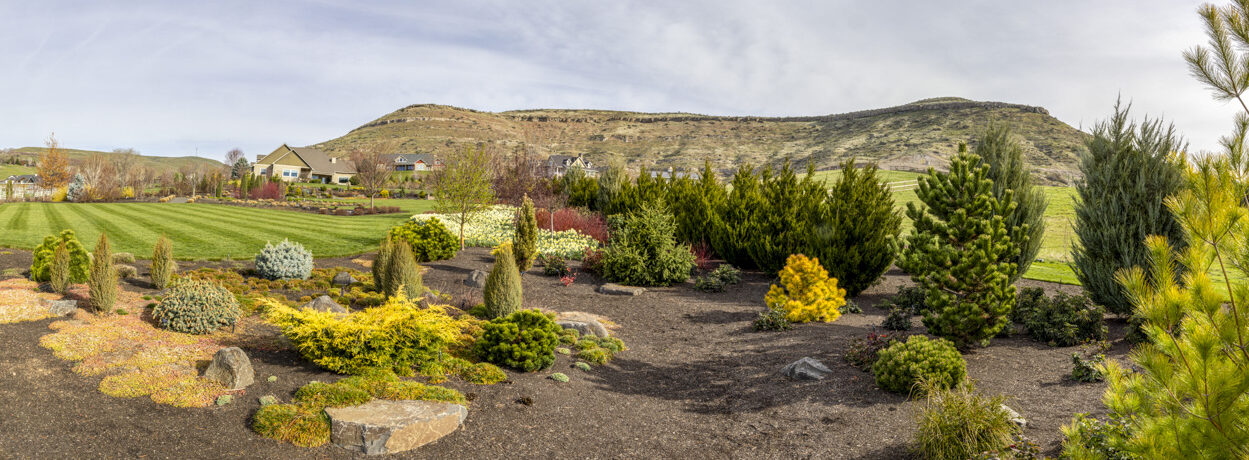 Fuji X-T1, XF 18-135mm @ 37mm, f/22, 1/180 sec, ISO 400
Fuji X-T1, XF 18-135mm @ 37mm, f/22, 1/180 sec, ISO 400
I have heard many people comment on the beauty of the Painted Hills of NE Oregon. Being from central Washington, I had never taken the 2-3 hour drive to see them. So on a recent trip to central Oregon, I thought I would go exploring. My purpose was more of a scouting trip than specifically to take images. I was there mid day on a very bright warm summer day. Even in this bright light, the colors of the hills radiated out. I look forward to coming back during the late afternoon sunlight.
Painted Hills is one of the three units of the John Day Fossil Beds National Monument, located in Wheeler County, Oregon.[1] It totals 3,132 acres (1,267 ha) and is located 9 miles (14 km) northwest of Mitchell, Oregon. The Painted Hills are listed as one of the Seven Wonders of Oregon.[2] Painted Hills is named after the colorful layers of its hills corresponding to various geological eras, formed when the area was an ancient river floodplain.
The black soil is lignite that was vegetative matter that grew along the floodplain. The grey coloring is mudstone, siltstone, and shale.[3] The red coloring is laterite soil that formed by floodplain deposits when the area was warm and humid.[
Related Images:
 “More Hats”
“More Hats”











